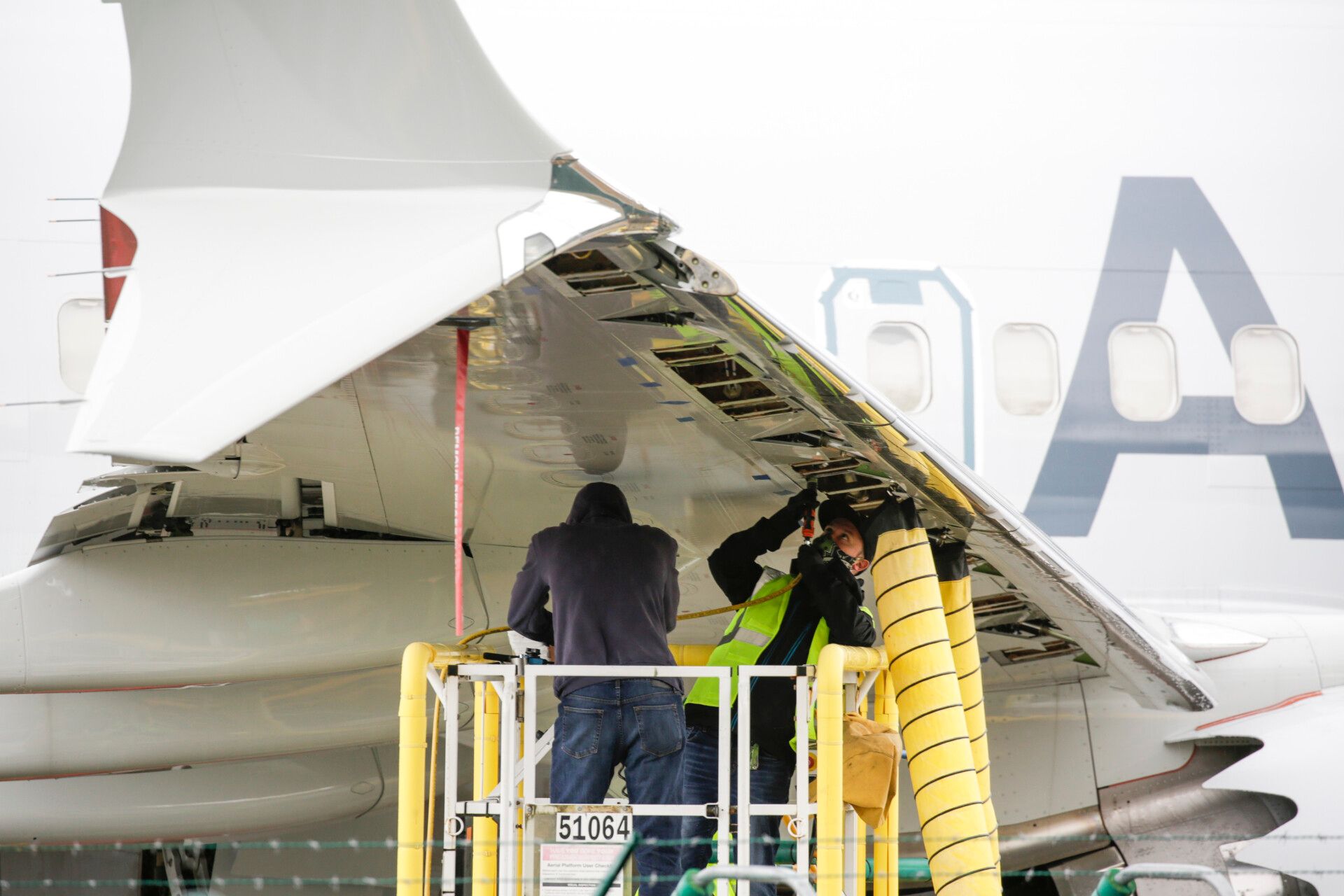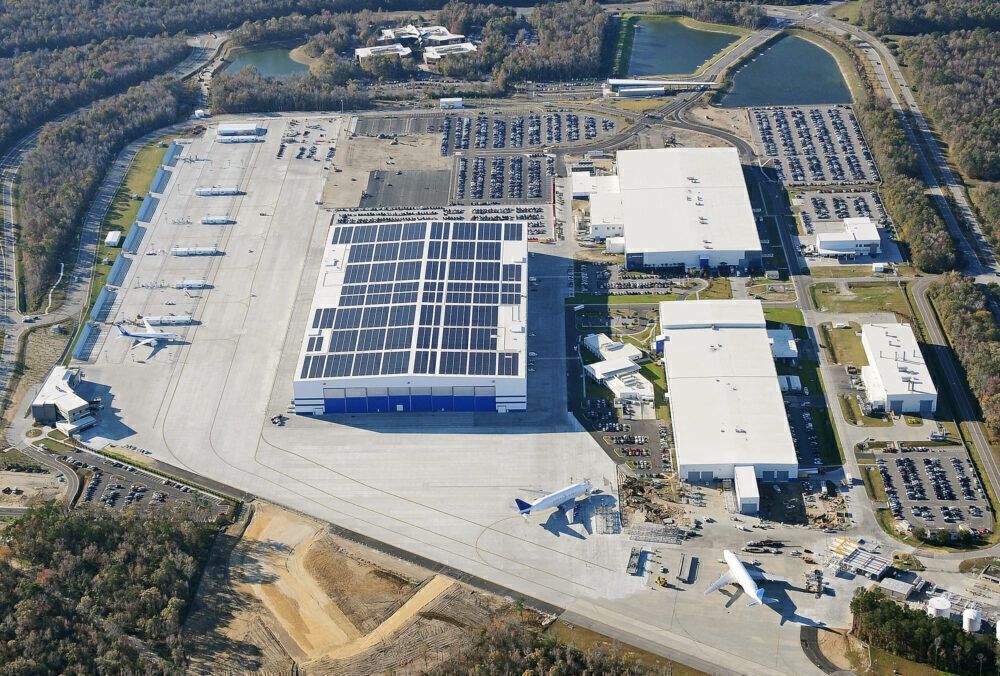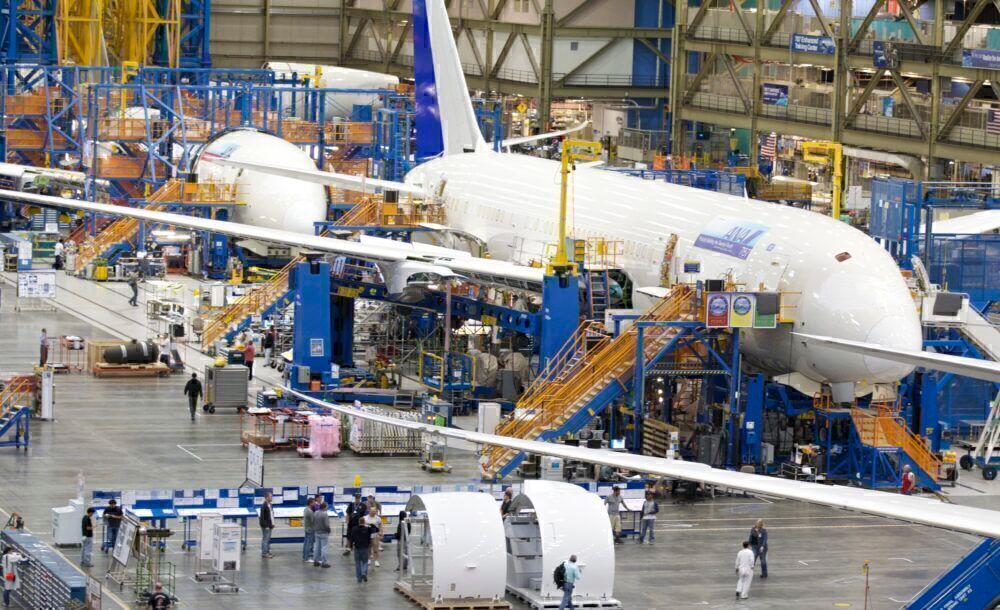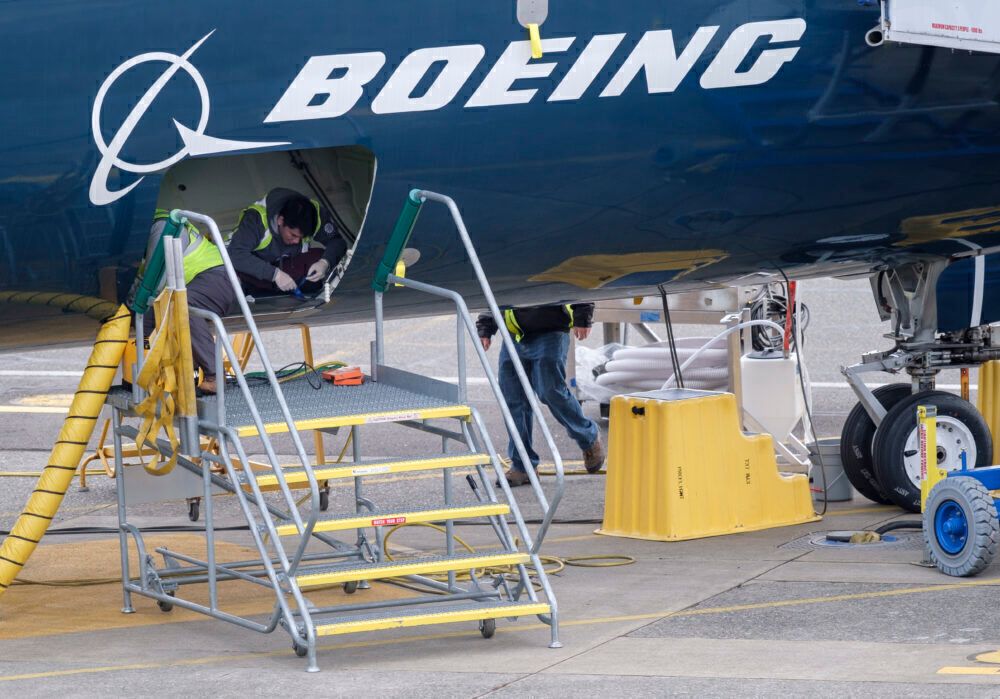Boeing recently announced its goal to design planes in the 'metaverse,' raising more than a few eyebrows. What exactly does Boeing mean by this? We explore the company’s ambitious plans below.
Boeing joins the metaverse
There has been much talk about the concept of a metaverse this year, most notably in the wake of tech giant Facebook Inc. changing its name to Meta in October. Aerospace manufacturer Boeing is looking to incorporate features of the metaverse in a move that could revolutionize its design and production process.
According to Boeing, the company plans to enact sweeping changes within just two years, including mechanics fitted with $3,500 Microsoft Hololens headsets, increased reliance on robotics, and developing a single, integrated digital ecosystem of information.
The company is set to invest $15 billion into its ambitious digital revamp over the next decade. However, metaverse features could be integrated into its operations within two years should all go to plan.
Boeing Chief Engineer Greg Hyslop said,
"You will get speed, you will get improved quality, better communication, and better responsiveness when issues occur. When the quality from the supply base is better, when the airplane build goes together more smoothly, when you minimize re-work, the financial performance will follow from that."
Under a new digitally integrated system, Boeing estimates that an all-new aircraft could be launched in only "four to five years." With Airbus also making advancements into the digital realm, future battles between the two could be played out in the metaverse.
A systemic overhaul
Hyslop has made clear that the digital transformation is not intended as an incremental strategy to complement its existing systems. Instead, Boeing wants a complete overhaul by integrating design, production and service operations into one system.
Hyslop added,
"It's about strengthening engineering. We are talking about changing the way we work across the entire company."
Boeing will be able to build three-dimensional virtual replicas of its designs, dubbed "digital twins", to conduct simulations. Each design will be affixed with a "digital thread" containing every piece of information right from the beginning of the project, including parts, certifications and specific airline requirements.
Engineer Linda Hapgood has been handed the responsibility of overseeing the digital transformation, aided by a team of over 100 engineers.
Stay informed: Sign up for our daily and weekly aviation news digests.
How revolutionary will it be?
There's no doubt that Boeing's metaverse ambitions could prove a game-changer. However, critics argue that a digital revolution alone is not enough, with organizational and cultural changes also necessary to alter Boeing's course for the better.
Boeing has already incorporated digital design tools on the 777X and T-7A Red Hawk training jet, although both designs have encountered technical problems. The 777X is three years behind schedule and the T-7A has also suffered from delays.
Battling multiple problems over the past few years, such as the MAX groundings and 787 Dreamliner manufacturing problems, Boeing needs a big win to get back on track. It remains to be seen whether its metaverse strategy will pay off, or if it is simply a bid to gain some much-needed positive publicity.
What are your thoughts on Boeing's foray into the metaverse? Do you see Boeing's ambitions being realized in just two years? Let us know your insights in the comments.




